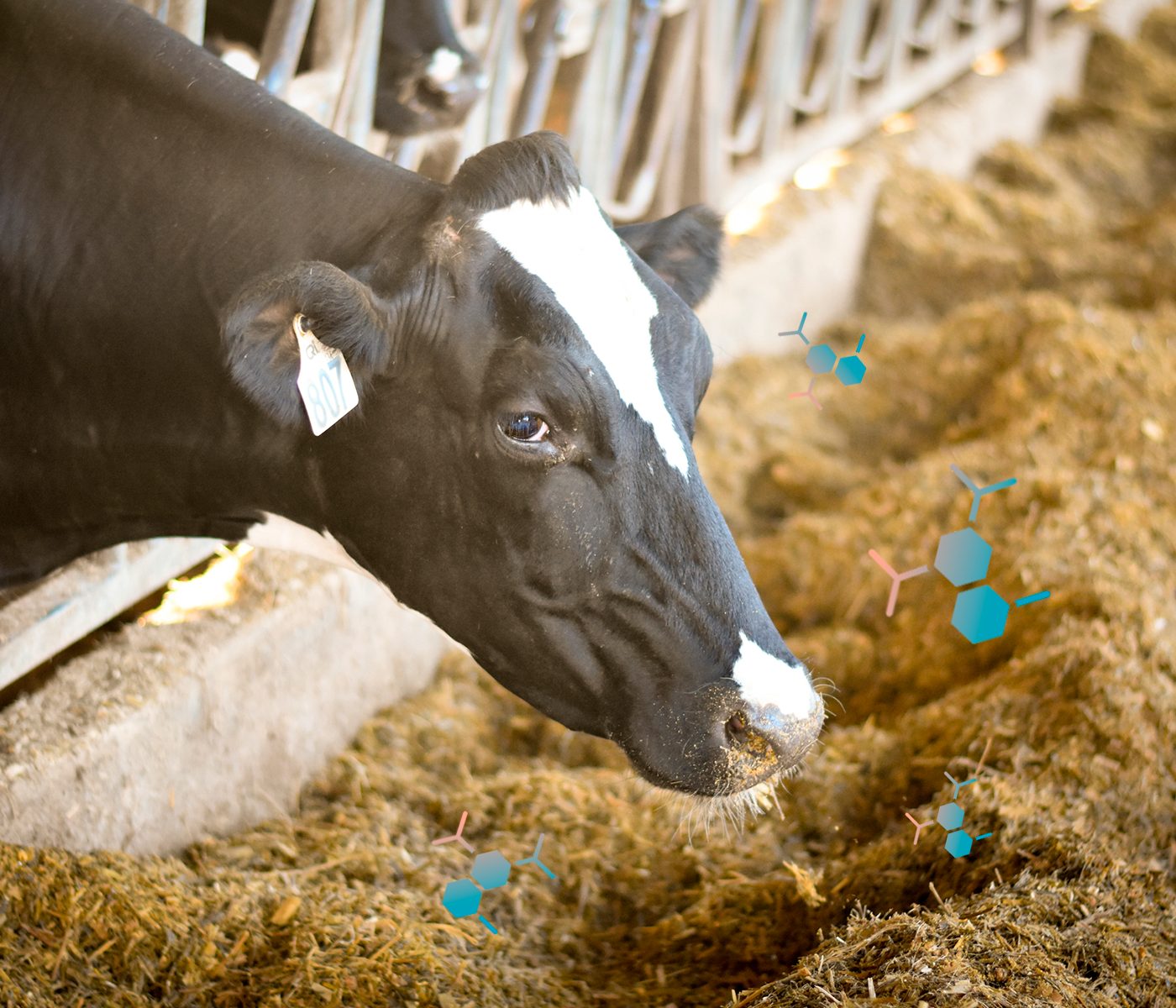 13 Jan 2023
13 Jan 2023
Establishing accurate protein requirements for maintenance and lactation is necessary in order to develop more cost-effective diets, while reducing nitrogen (N) losses and its environmental impact.

Considerable progress has been made in protein nutrition for dairy cows. However, current global demands for dairy products and a rising social pressure regarding the reduction of its environmental footprint continue to drive the development of new models that enhance protein use. With the aim of predicting protein requirements more accurately, optimizing milk production and economic performance, increasing the retention of dietary N in milk, and minimizing N excretion into the environment.
Maintenance and lactation are the main components of protein requirements for lactating dairy cows.
| It has been assumed that the net protein requirement for maintenance (NP M) is the sum of fecal and urinary excretion of endogenous protein (EPFU) and protein losses from dandruff. |
Invasive, costly and laborious methods (N-free intragastric nutrition, digest exchange, and stable isotope labeling) have been adopted to obtain EPFU, but have provided limited amounts of animal and diet data.
| An alternative approach is to estimate EPFU by extrapolating the interception-regression between N intake and total urinary and fecal excretion of N (NFU; Swanson, 1977; Owens, 1987). |
Since N-equilibrium assays have been widely published, meta-analyses of N equilibrium assays can provide a robust estimate of EPFU and NP M.
Various models of dairy cow nutrition (NRC, 2001; Van Duinkerken et al., 2011; Van Amburgh et al., 2015) have adopted EPFUs from Swanson’s (1977) meta-analysis of N metabolism assays in non-lactating cattle.
As lactating dairy cows typically have a higher intake and excretion of N per body mass than non-lactating cattle, Swanson’s (1977) model may underestimate NP M. The NASEM committee (2021) adopted the assumptions of Lapierre et al. (2020) to predict EPFU from a literature review with a scarce number of dairy cows.
 The new NASEM model (2021) appears to have improved milk protein yield predictions compared to NRC (2001). However,an assessment of its modelled protein requirements against observed values was not reported.
The new NASEM model (2021) appears to have improved milk protein yield predictions compared to NRC (2001). However,an assessment of its modelled protein requirements against observed values was not reported.
| The net protein requirement for lactation (NP L) is more easily determined and represents true protein secretion in milk. However, to obtain the MP requirements for lactation ( MP L ), it is necessary to know the efficiency of MP use for NP L (EMP L). |
[register]
Most dairy cattle nutrition committees have adopted fixed EMP L values to predict MP L from NP L, with EMP L ranging from 0.67 to 0.70 (NRC, 2001; CSIRO, 2007; Van Amburgh et al., 2015; INRA, 2018 ; NASEM 2021).
INRA (2018) and NASEM (2021) adopted models based on variable EMP L to predict MP supply and milk protein yield, but fixed EMP L values of 0.67 and 0.69 were used as targets to predict MP L requirements from NP L.
As far as we know, only the models of the Dutch protein evaluation system for ruminants (DVE/OEB 2010 ; Van Duinkerken et al., 2011) and NorFor (2011) have used variable-EMP L to predict MP L from NP L requirements, using the ratio of milk protein to energy and the supply of MP available for milk production to the ratio of milk energy as inputs, respectively.
In DVE/OEB 2010, EMP L decreases with milk protein yield (Van Duinkerken et al., 2011), while in NorFor (2011) neither milk protein yield nor feed level affect EMP L.
However, there is sufficient evidence to show that milk production and N efficiency in milk (N milk/N consumption) are positively correlated (Nadeau et al., 2007). Nonetheless, it is still unclear if better MP requirement predictions can be made using a variable model based on EMP L rather than fixed-EMP L.
A more complete and accurate system is needed to predict NP and MP requirements for lactating cows. We presume that:
Source: This excerpt was taken and modified from “A new protein requirement system for dairy cows.”
Follow the link for full article: Henrique Melo da Silva, André Soares de Oliveira,Journal of Dairy Science, 2022
You may also like:
[/register]
Subscribe now to the technical magazine of animal nutrition
AUTHORS

Nutritional Interventions to Improve Fertility in Male Broiler Breeders
Edgar Oviedo
The Use of Organic Acids in Poultry: A Natural Path to Health and Productivity
M. Naeem
Synergistic Benefits of Prebiotics and Probiotics in Poultry, Swine, and Cattle
Gustavo Adolfo Quintana-Ospina
Hybrid Rye Potential in Laying Hen Feed Rations
Gwendolyn Jones
A day in the life of phosphorus in pigs: Part I
Rafael Duran Giménez-Rico
Use of enzymes in diets for ruminants
Braulio de la Calle Campos
Minerals and Hoof Health in the Pregnant Sow
Juan Gabriel Espino
Impact of Oxidized Fats on Swine Reproduction and Offspring
Maria Alejandra Perez Alvarado